Installation of Water Heaters: A Comprehensive Guide
Water heaters are indispensable for modern living, ensuring a steady supply of hot water for showers, dishwashing, and laundry. Proper installation is vital not only for efficiency but also for safety. This guide offers an in-depth look at the process involved in installing water heaters, including specific services offered, costs associated with installation, and additional considerations homeowners should be aware of.
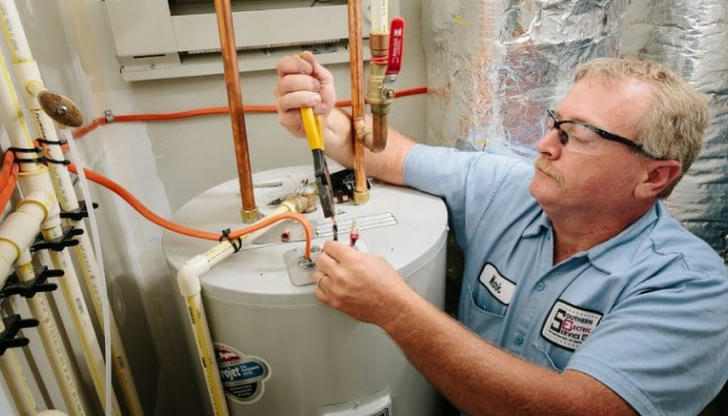
Types of Water Heaters
1. Tank-Type Water Heaters
Tank-type water heaters store water in a tank, heating it to a set temperature. These units are popular due to their lower upfront cost and simple installation. However, they can run out of hot water if used excessively before the tank has time to refill and reheat.
2. Tankless Water Heaters
Tankless or on-demand water heaters heat water directly as it flows through the unit. They provide endless hot water and save space compared to traditional tanks. For instance, a family in a busy household might opt for a tankless model to ensure they never run out of hot water during morning routines.
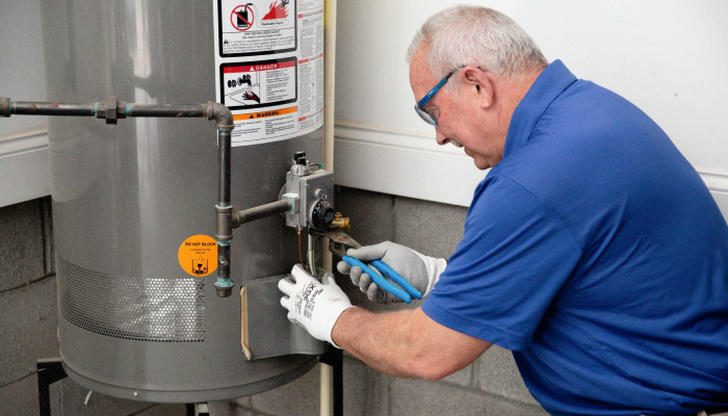
Pre-Installation Considerations
1. Choosing the Right Location
The location matters. It must be near water sources and have proper ventilation for gas models. For example, Mr. Johnson wanted to install a new water heater in his basement but had to move it closer to the kitchen because the original spot lacked adequate ventilation.
2. Permits and Building Codes
Before starting, check local building codes and get necessary permits. Compliance prevents future issues when selling your home. Mrs. Smith found this out the hard way when she tried to sell her house and was asked to prove that all installations met code.
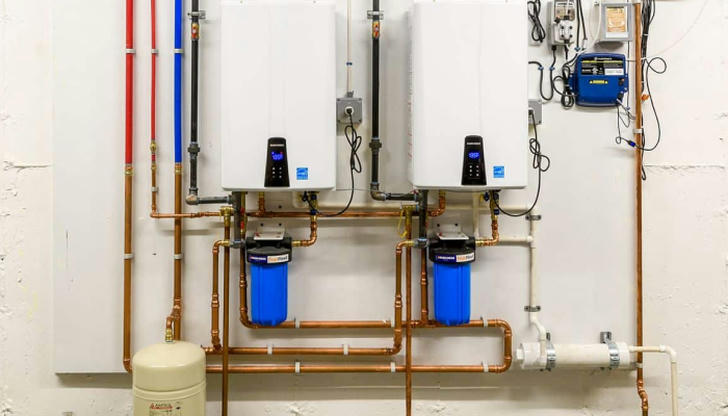
Specific Services Offered During Installation
1. Site Preparation
Professionals will prepare the site by adjusting plumbing lines, electrical wiring, or structural elements. Take Mr. Brown's case; his old water heater was installed in a tight corner that required moving some pipes to fit the new, larger model.
2. Removal of Old Unit
Professionals disconnect and remove the old unit safely. In Ms. Lee's situation, her installer discovered that her old heater had rusted connections, which needed careful handling to prevent damage.
3. Installation of New Unit
Installers connect the new water heater to the water supply, gas line (if applicable), and electrical source. The installer for Mr. Green's project also installed a recirculation pump to reduce wait times for hot water.
4. Final Connections and Testing
After connecting everything, the installer checks for leaks and ensures the system works correctly. Mr. White's installer noticed a small leak from a connection point and fixed it immediately, preventing potential water damage.
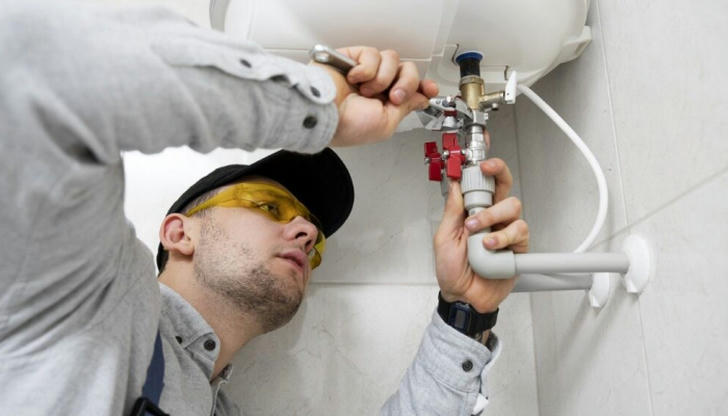
Charging Structure and Costs
1. Labor Charges
Labor rates vary widely. In rural areas, labor might be cheaper than in urban centers. For instance, Mr. Harris paid less for labor in his small town compared to what his cousin paid in the city.
2. Material Costs
Material costs depend on the water heater chosen. Higher-end models come with more features but at a higher price. When choosing between two models, Mrs. Black opted for the more expensive one with better energy ratings, expecting savings on utility bills.
3. Additional Fees
Some fees may apply for removing old units or disposing of debris. Mr. Clark was surprised by these extra charges but understood them after the installer explained the need for safe disposal.
4. Increased Policy Support
Regular maintenance extends the life of your water heater. Simple tasks like flushing the tank annually can prevent sediment buildup. Ms. Young learned this lesson after ignoring maintenance recommendations and faced increased energy bills due to inefficiency.
Post-Installation Maintenance
Regular maintenance extends the life of your water heater. Simple tasks like flushing the tank annually can prevent sediment buildup. Ms. Young learned this lesson after ignoring maintenance recommendations and faced increased energy bills due to inefficiency.
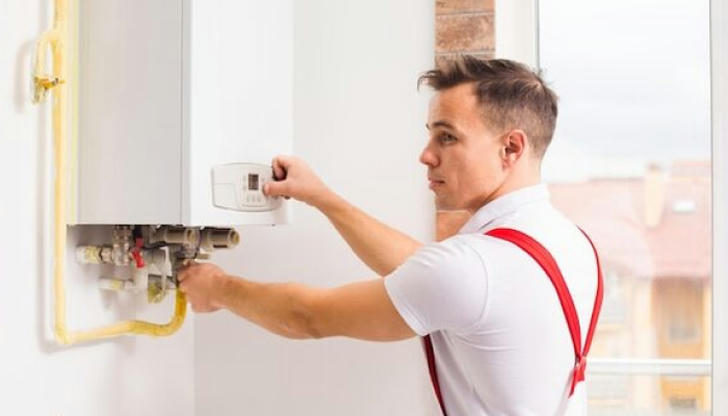
Case Studies
Case Study 1: Family Home Upgrade
The Jones family decided to upgrade their old tank water heater to a tankless model. The initial investment was higher, but they enjoyed instant hot water and reduced energy bills. They also appreciated the smaller footprint of the new unit.
Case Study 2: Apartment Complex Renovation
A property manager overseeing an apartment complex chose to replace multiple tank water heaters with tankless models. Despite the higher upfront cost, the long-term savings on maintenance and energy use made it a wise decision. Tenants were happier with the continuous hot water supply, leading to fewer complaints.
Conclusion
Installing a water heater requires planning, professional execution, and ongoing maintenance. By understanding the types available, preparing adequately, knowing service offerings, and being aware of costs, homeowners can make informed decisions. Always consult licensed professionals for compliance with regulations and expert advice on selecting the best water heating system for your needs. Remember, while the upfront costs might seem high, the right choice can lead to significant savings and improved comfort over time.
